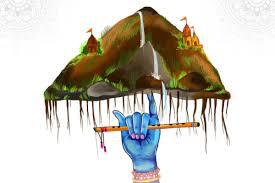Annakut and Govardhan Puja celebrations!
The Govardhan Parikrama is a significant Hindu pilgrimage involving circumbulation of the sacred Govardhan Hill in Mathura, Uttar Pradesh. Govardhan Parvat is the sacred centre of Braj in Mathura, Uttar Pradesh and is identified as a natural form of Krishna, the Govardhana Shila - a hill which is believed to be lifted by Lord Krishna to protect his followers from torrential rains resulting from the wrath of Indra Dev.
In the Vedic scriptures, Govardhana Hill is figuratively described as appearing in the form of a peacock with its head tucked in to its side as if it were resting. Govardhan is located on a narrow sandstone hill known as Giriraj which is about 8 km long. Once massive, it is believed to have been 30,000 meters high about 5000 years ago. Today, It is reduced to a sad mockery of a mountain that has been shrinking in size; as per folklore, due to a curse by sage Pulyasta. About 8 km long, the brown, barren hillock is surrounded by a sparse woody forest.
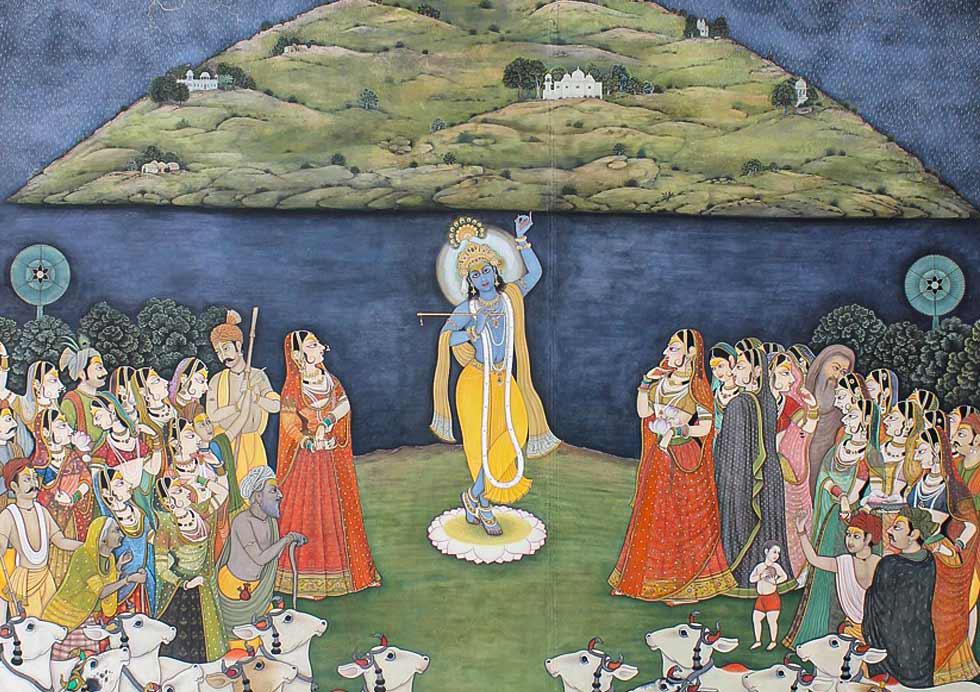
The worship of Govardhan Hill and Shri Nathji is a cornerstone of the Pushtimarg tradition founded by Vallabhacharya. Vallabhacharya's followers consider Govardhan Hill to be non-different from Krishna Himself, a belief emphasized in the Bhagavata Purana. The practice of worshipping Govardhan Hill, often in the form of a small stone (Govardhana Shila), is central to the sect's philosophy.

The total length of the full outer path is approximately 21 kilometers (7 kos), and completing it is considered a powerful act of devotion to Lord Krishna. The parikrama commemorates the legend where Lord Krishna lifted the Govardhan Hill on his little finger to shield the local residents from the torrential rains and wrath of Lord Indra, the God of rain. Devotees undertake this journey to express gratitude, seek blessings, and attain spiritual purification. The hill itself is worshipped as a manifestation of Krishna, Shri Giriraj Maharaj.
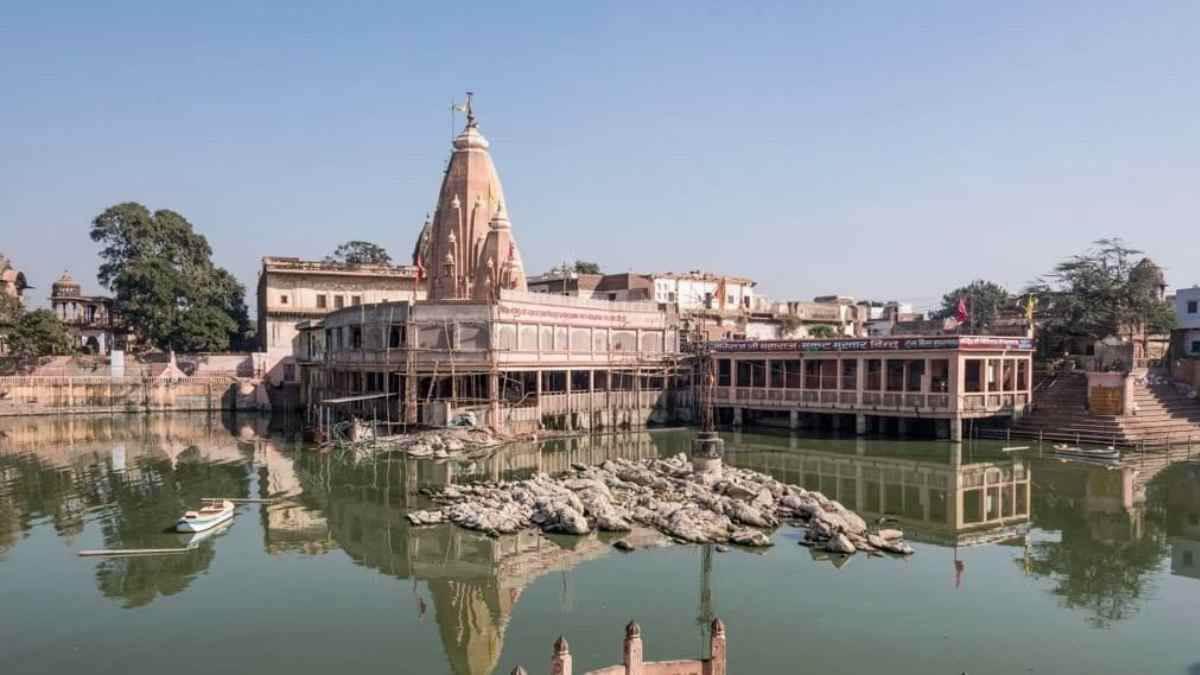
The journey typically begins from the Manasi Ganga Kund, where devotees take a cleansing bath and offer prayers at the nearby Harideva temple before starting the walk. The path is dotted with numerous temples and sacred ponds. Most pilgrims walk the path, often barefoot, while chanting "Radhe Radhe" or "Jai Shri Giriraj Maharaj". Some perform a more rigorous "Dandavat Parikrama," which can take a longer time.
Vallabhacharya's life and teachings are intrinsically linked to the worship of Govardhan Hill and the celebration of Govardhan Puja, particularly within the tradition he founded with its focus on intimate service and the divine appearance of Shrinathji, emphasizes Pushti (divine grace) as the path to liberation, a core tenet of Vallabhacharya's philosophy.
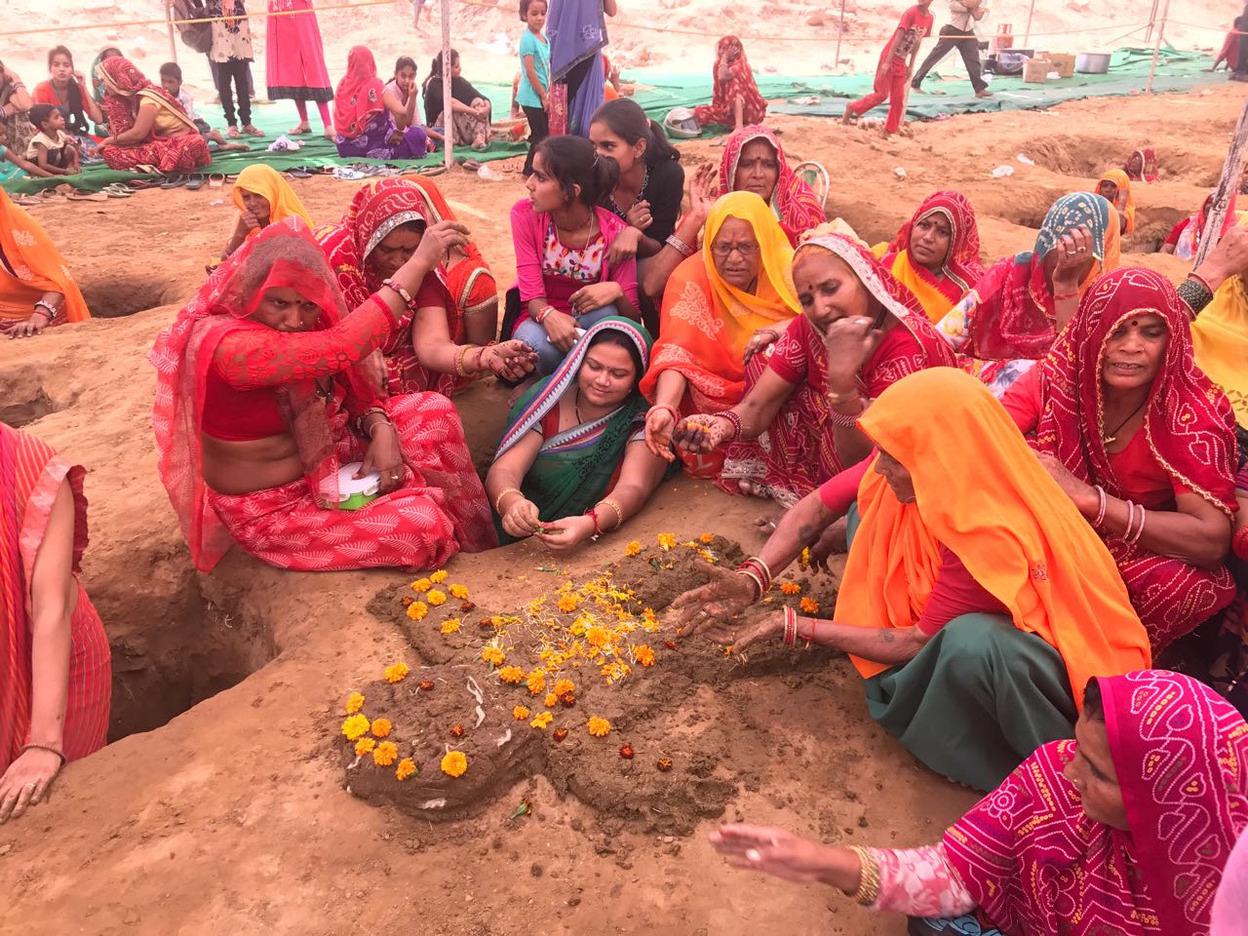
The Annakut festival of gratitude occurs on the first lunar day of the Shukla Paksha! The Annakut festival typically involves preparing a symbolic "mountain of food" (Annakut) which is prepared by devotees and offered to the deity as a mark of gratitude and devotion; a practice directly linked to the original event where Krishna asked the villagers to feed him.
When Shri Krishna lifted the Govardhan mountain, his followers gratefully offered him food 8 times a day and as he held the mountain for seven days; which means he had 56 meals now known as 'Chhappan Bhoga'.The annakut festival is a symbol of loving reciprocation between the Lord and His devotees.
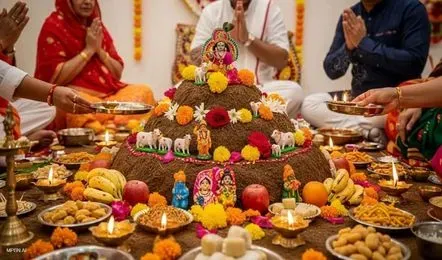
Chaitanya Mahaprabhu is also linked to this festival through the Gaudiya Vaishnava tradition, which emphasizes devotion to Krishna and celebrates the same events, with traditions like the Annakut offering being central to their worship in places like Vrindavan. Chaitanya Mahaprabhu played a significant role in reviving and spreading the worship of the Govardhan Hill and the Annakut festival in the Braj region. On the day of Annakut, devotees circumambulate the hill and offer food to the mountain as a symbol of gratitude.
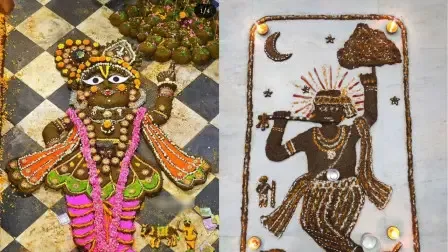
Annakoot ki sabzi is a no-onion, no-garlic festive mixed-vegetable curry traditionally prepared for Govardhan Puja, combining many seasonal vegetables, mild whole spices, tang, and slight sweetness, and typically served with poori as prasad .While some versions aim for a very large assortment of “56” items as a symbolic idea, home recipes commonly use a generous mix of roots, gourds, greens, and beans cooked together until soft and homely, sometimes lightly mashed for a bhog-style texture.
Use many seasonal vegetables in small quantities, keep flavors sattvik (no onion/garlic), and balance with sour (tamarind/amchoor) and a hint of sweetness (jaggery), finishing with mild garam masala and coriander.The specific vegetables often depend on regional and family traditions, but the main idea is to use a wide variety of fresh, seasonal produce available at the time of the Govardhan Puja festival.
Note:(pics from internet for illustration only)
Comments (5)





